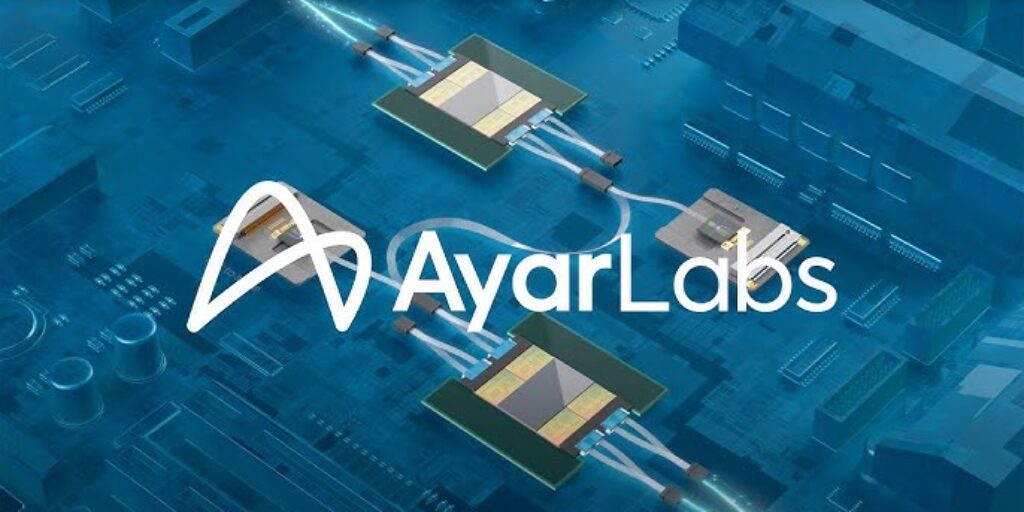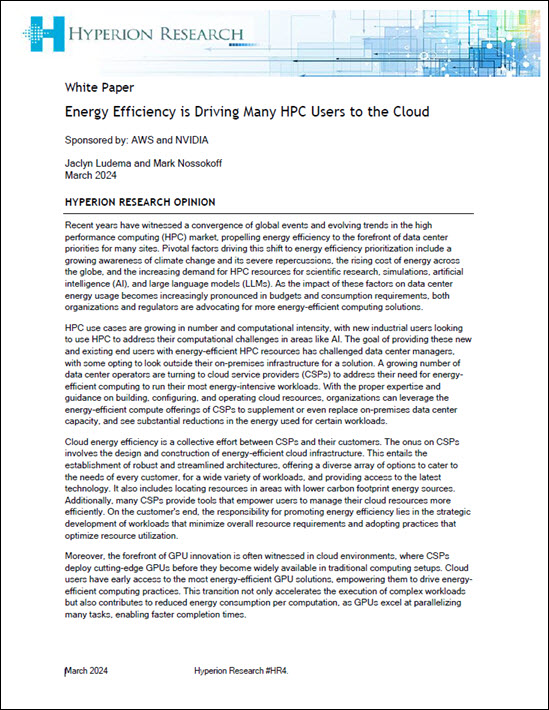Intel investment firm and DigitalBridge Group have announced the formation of Articul8 AI, Inc. (Articul8), which they say will develop a generative AI software platform for enterprises. “The platform delivers AI capabilities that keep customer data, training and inference within the enterprise security perimeter. The platform also provides customers the choice of cloud, on-prem or […]
@HPCpodcast: A Parting Look at 2023 — What a Year for HPC-AI!
As we embark on 2024, Shahin and Doug offer this 2023 Year in Review special edition looking back at one of the most eventful years in the recent history of HPC, AI, quantum computing, open source and other advanced technologies. Throughout the year, major HPC-AI developments lit up technology trade media — and the global business and news media.
Gelsinger on Intel’s Mojo, its Crowded Roadmap, a Foundry-centric Arm Strategy, and Earning Back Trust
At an Intel pre-launch media event earlier this month in Hillsboro, OR, Gelsinger made a surprise appearance, and his comments were as interesting for what he said about the company going forward as they were about recent Intel history. Which is to say: ….
Intel Announces AI-Oriented 5th Gen Xeon, Provides Gaudi3 GPU Accelerator Sneak Peak
Gearing up for what it intends to be a multi-horse race in the exploding AI chip sector, Intel today announced a next-generation Xeon enterprise and data center CPU built with AI inferencing in mind, along with mobile processors targeting “AI PC,” and an advance look from Intel CEO….
How HPC Centers Can Start the Move to Quantum Now
By Mark Mattingley-Scott, Quantum Brilliance — To get started, it’s best if HPC center and their customers go with a small and incremental quantum strategy. A solution that can provide a running start and simplicity for scaling as the technology improves would be optimal for clients aspiring to achieve….
SC23: TOP500 Trends, the AI-HPC Crossover, Chiplet Standardization, the Emergence of UCIe and CXL Advancements
By Adrian Cockcroft, Partner & Analyst, OrionX Last year the UCIe chiplet standard had just been launched, and since then just about everyone has joined it, about 130 companies. The idea is that to build a complete CPU or GPU you don’t have to put it all on the same chip from the same….
At SC23: Lenovo’s Advancements in Liquid Cooling, Storage, Digital Twins and HPC-AI Software
[SPONSORED GUEST INTERIVEW] We spoke at the Lenovo booth with Andreas Thomasch, Director of HPC and AI, European Markets, in this sponsored interview about recent developments across critical HPC-AI challenge areas: Water Cooling: Lenovo was an….
@HPCpodcast: Views and Insights on the New TOP500 List
The big news on the Monday of each annual Supercomputing Conference is the release of the new TOP500 ranking of the world’s most powerful supercomputers. At this years SC23 here in Denver, the big news is that the top 10 of this year’s list has more changes than any list in recent memory….
NVIDIA Announces HGX H200 Systems and Cloud Instances
DENVER—SC23—Nov. 13, 2023—NVIDIA today announced the HGX H200 that is based on the Hopper architecture and features the H200 Tensor Core GPU with advanced memory to handle massive amounts of data for generative AI and high performance computing workloads. NVIDIA said the H200….













